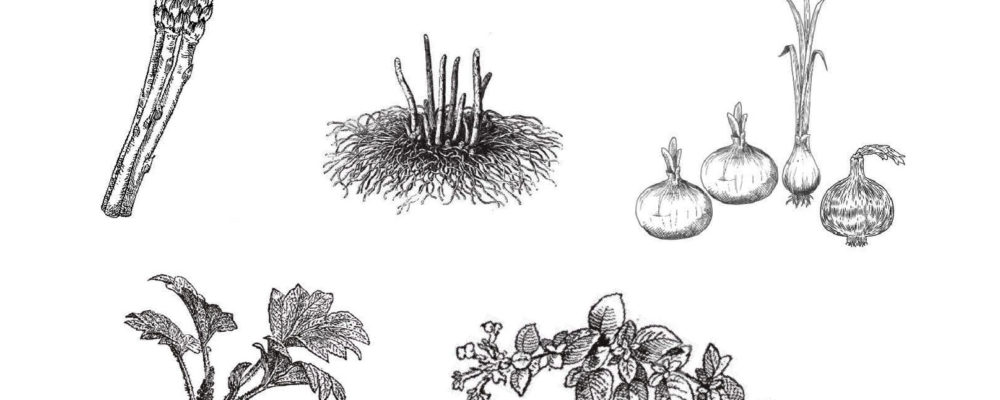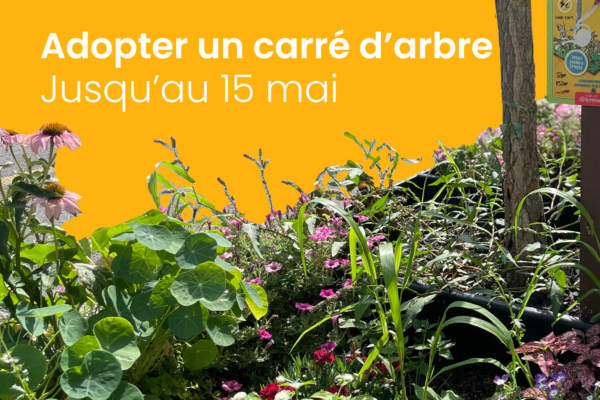You would like to get a vegetable garden that produces year after year without having to replant each spring?
Perennial vegetables, that’s what you need ! Autumn is certainly a perfect time to plant in you garden the edible vegetables presented. Discover the best vegetables to plant here.
Egyptian onion
If you find onion culture by seedlings or by little bulbs to demanding, try the Egyptian onion, also called noggin onion. Easy to grow, this garden plant produces rods about 24 inches high and at the ends of which little flowers appear in July. Then the flowers transform in little onions called bulbils. We also call it walking onion since the bulbils that fall to the soil can take root and form new plant if they are not harvested.
Rhubarb
Rhubarb is a very easy to grow perennial vegetable. Get some roots or rhubarb plants at your gardening centre and plant them with 39 inches between each of them. Even if it’s easy to cultivate, rhubarb needs a rich and humid soil to give the best of it. Make sure to put her in a sunny place or slightly shaded. Because of its high development, save it a place outside the vegetable garden. Also remember to space each rhubarb feet from 59 inches. Dig a hole about 12 inches deep and give some compost shovelfuls to the rhubarb plant when it’s time to plant it.
Marjoram
With a delicious aromatic foliage, marjoram displays pretty and edible pink and white flowers all summer long. Marjoram has numerous utilities in food preparation of meats, vegetables or dressings. It is also used as an insects repellent. The marjoram plant prefers a sunny and well drained place where it will grow until 24 inches high. The seedlings must be planted about 12 inches away from one another.
Parsnip
Parsnip has a taste recalling the one of artichoke and replaces wonderfully the potato. He grows virtually in every soil, even poor. But a well-smoked ground will give best results. Parsnip planting is done by lines spaced apart from at least 20 inches. But as this very vigorous perennial plant is particularly invasive, you have an interest in planting it in a large jar buried in the ground or surrounding it with a border in order to avoid it to invade all the available space.
Asparagus
In soup, quiche, crepe, omelet, salad or simply as an accompanying vegetable, asparagus will not let anybody cold. Asparagus is perennial plant. It grows in a sandy and well drained soil. When the seed is in the ground, it develops roots called claws for one year. When the claw is formed, we take it out of the ground to transplant it more deeply in the ground to about 6 to 8 inches deep. Then it takes two years before this one produces an asparagus with an appropriate size for consumption. When you plant the claws in the ground, respect 20 to 24 inches of distance between each plant. In order to give the time necessary to the plant to be well established, the first harvest will only happen two years later.




